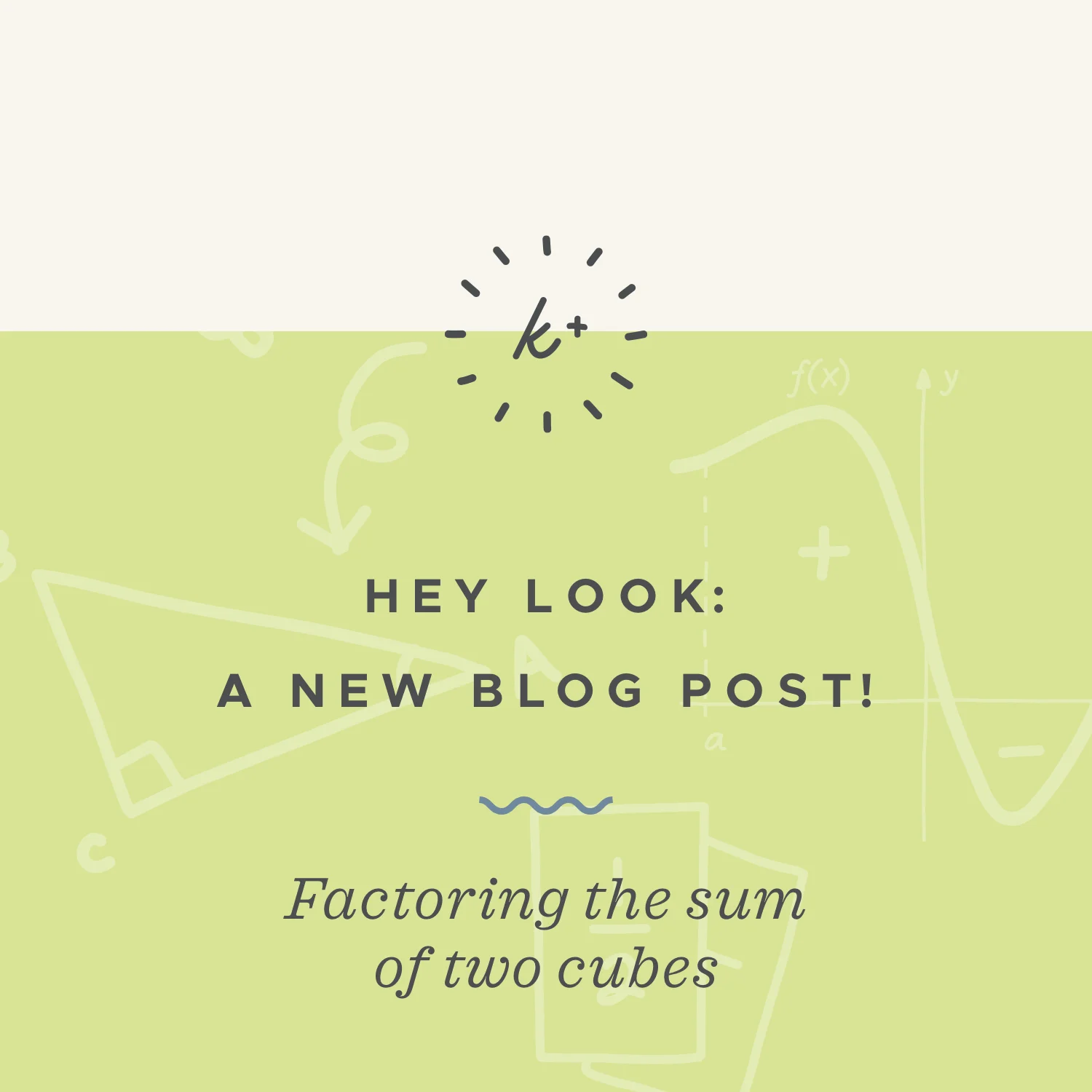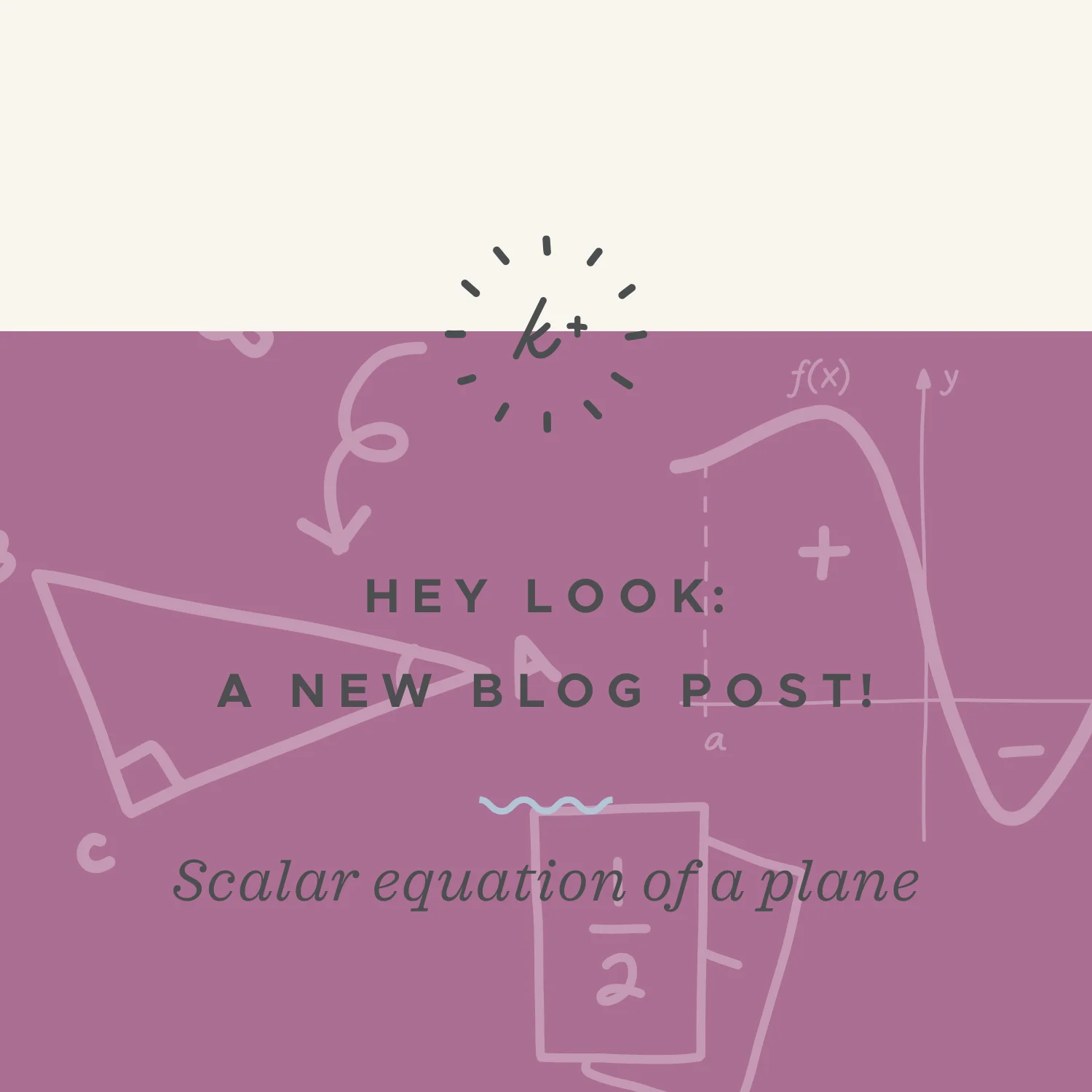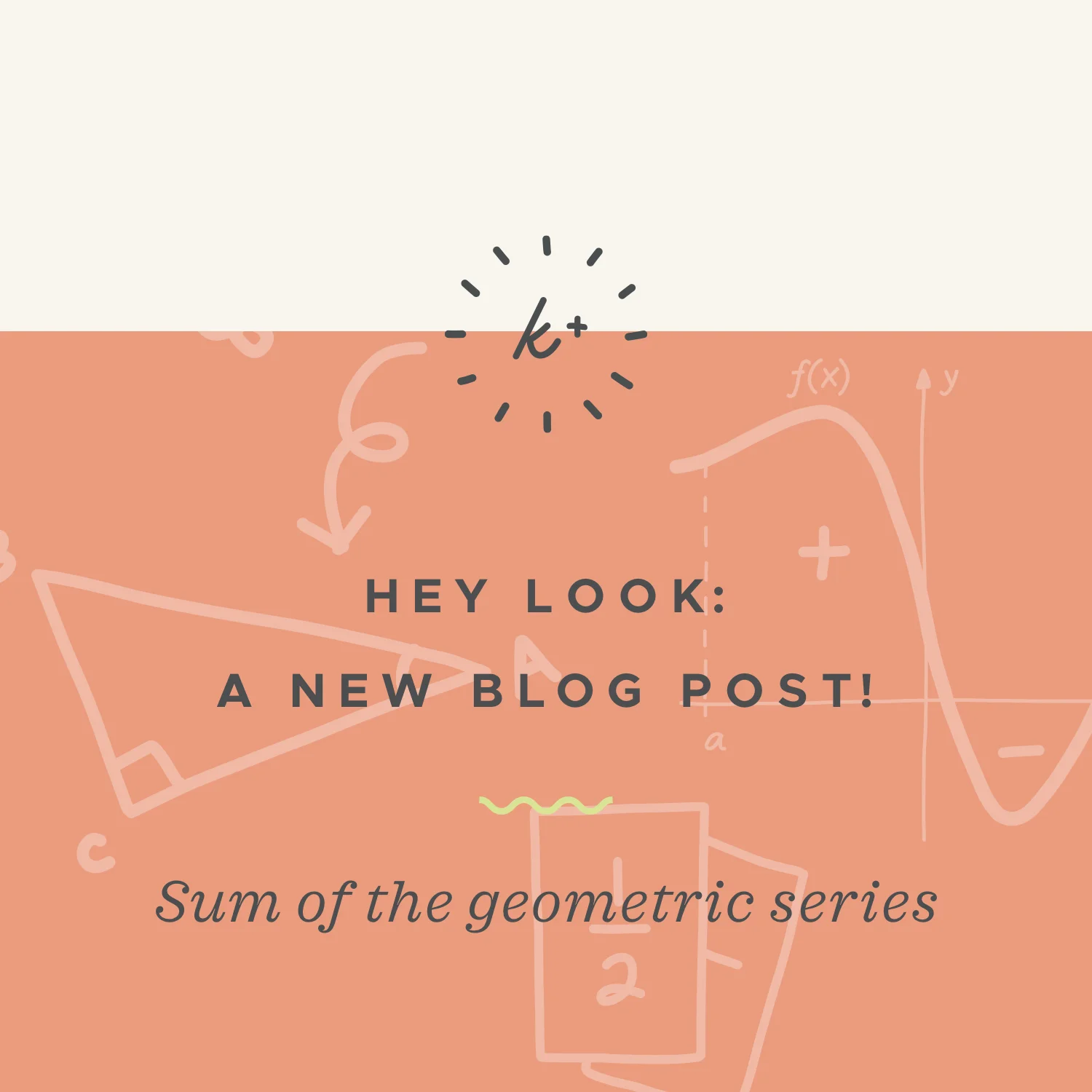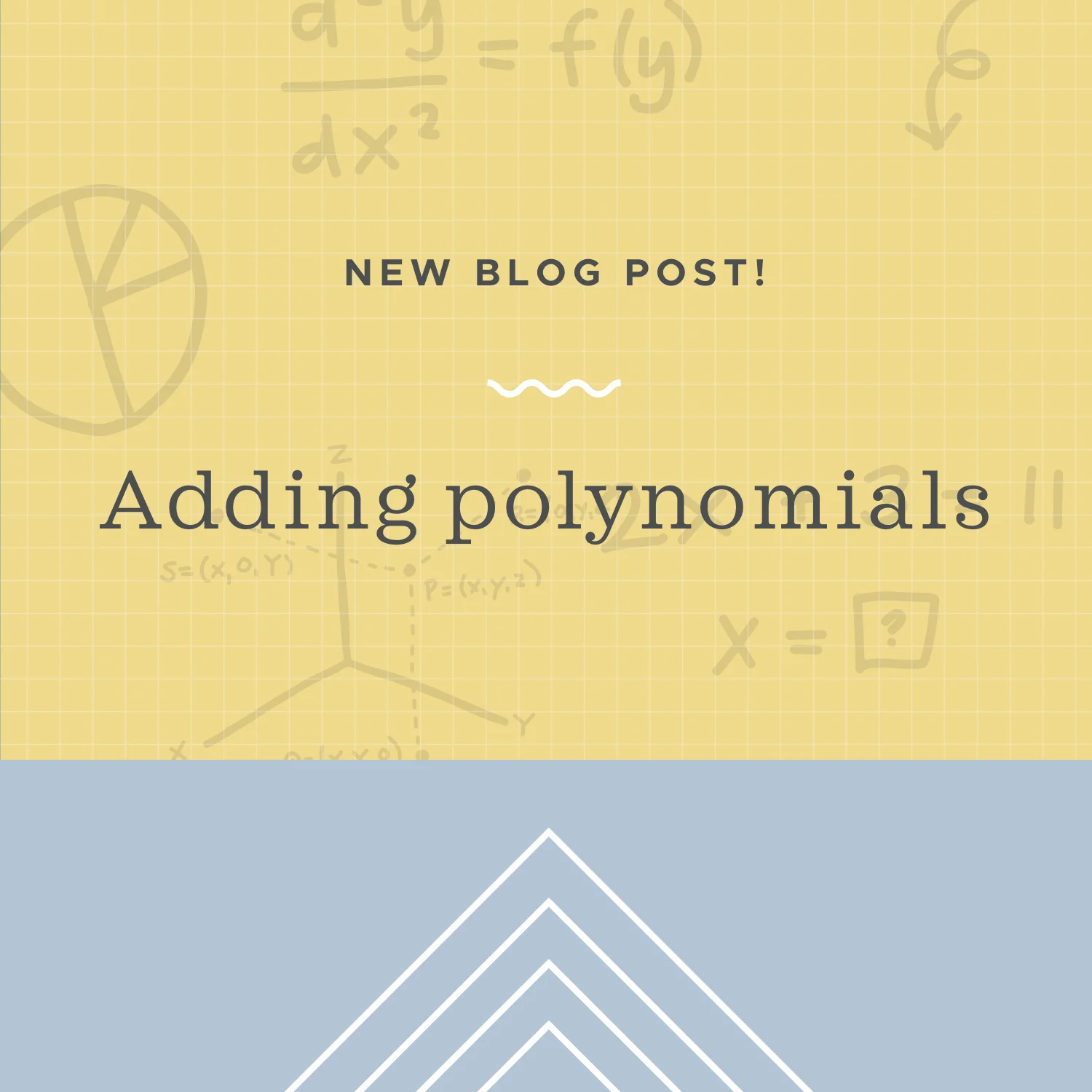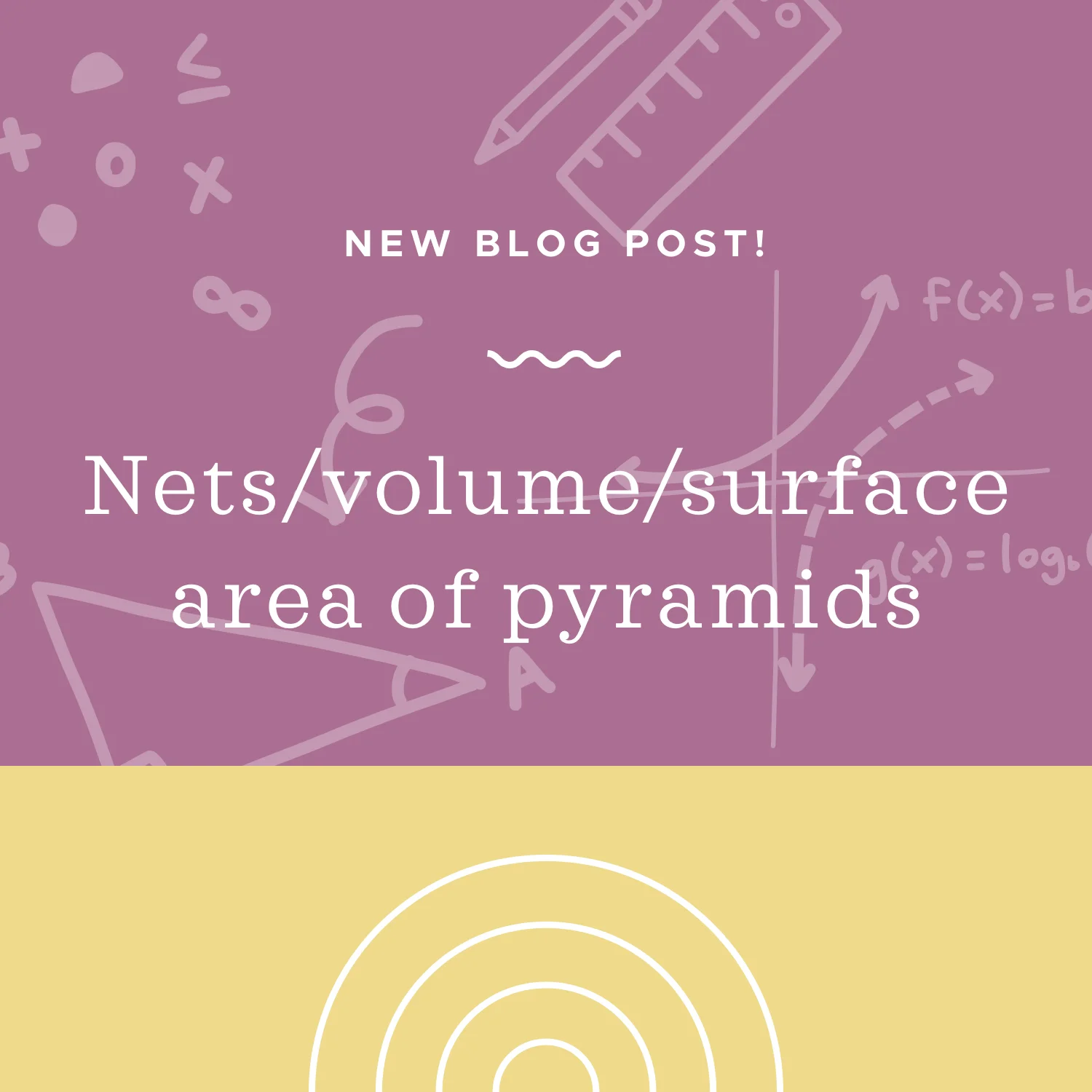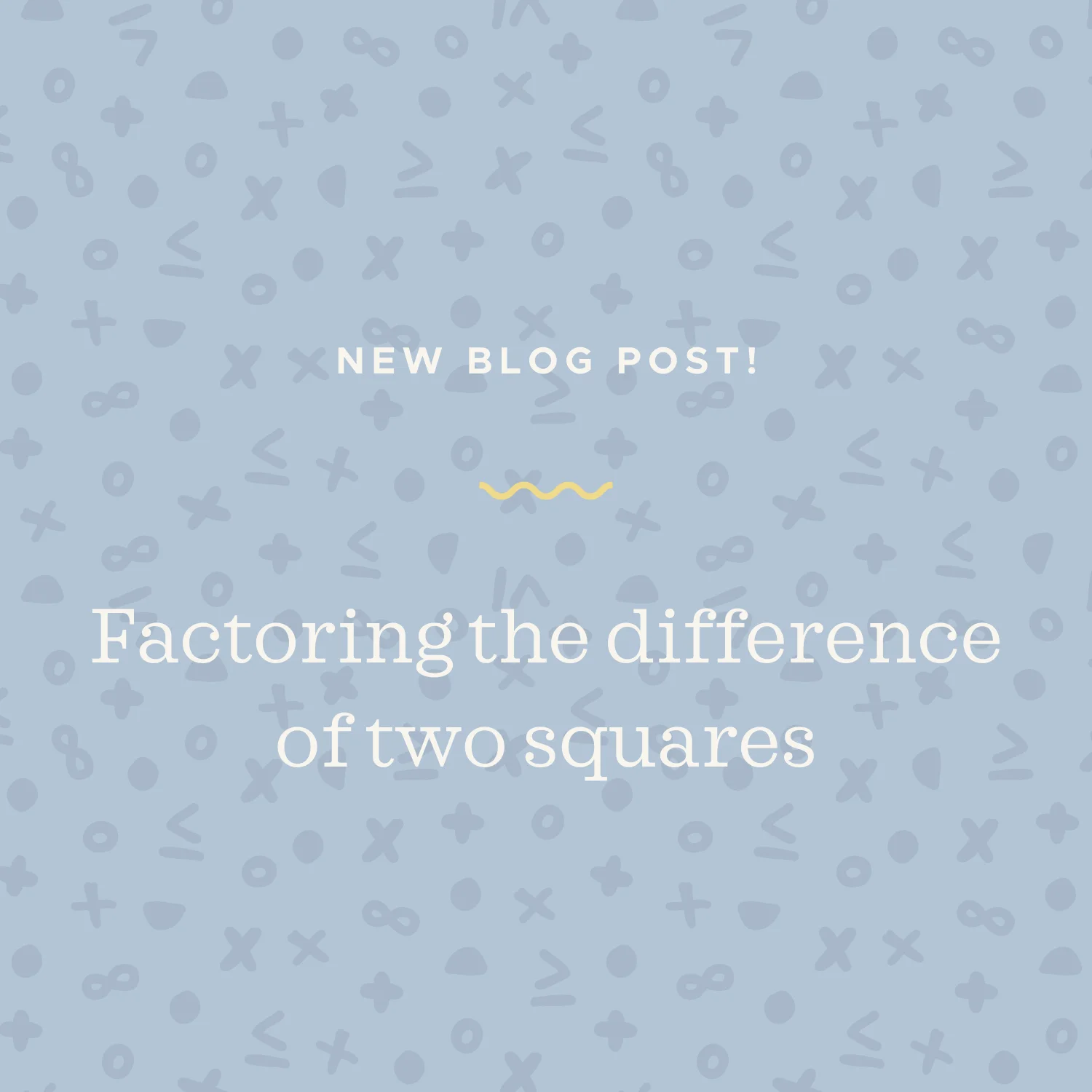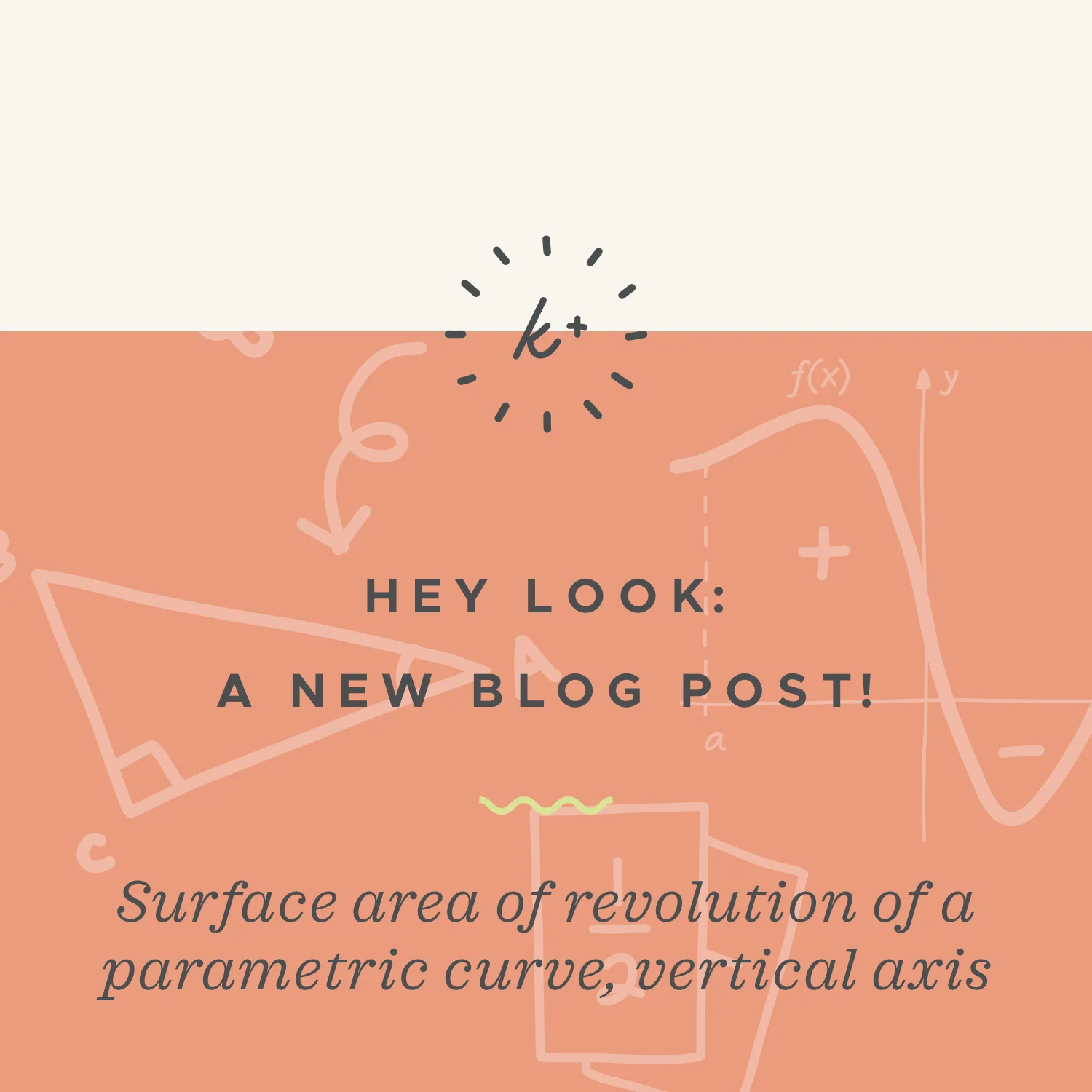We’ll know when we have a sum of cubes because we’ll have two perfect cubes separated by addition. When that’s the case, we can take the cube (third) root of each term and use a formula to factor the sum of the cubes.
Read MoreTo solve a related rates problem, complete the following steps: 1) Construct an equation containing all the relevant variables. 2) Differentiate the entire equation with respect to (time), before plugging in any of the values you know. 3) Plug in all the values you know, leaving only the one you’re solving for. 4) Solve for your unknown variable.
Read MoreThe circumscribed circle of a triangle is centered at the circumcenter, which is where the perpendicular bisectors of all three sides meet each other. In contrast, the inscribed circle of a triangle is centered at the incenter, which is where the angle bisectors of all three angles meet each other.
Read MoreWhen we work with radicals, we’ll run into all different kinds of radical expressions, and we’ll want to use the rules we’ve learned for working with radicals in order to simplify them. This could include any combination of addition, subtraction, multiplication, and division of radicals.
Read MoreThe domain of a composite must exclude all values that make the “inside” function undefined, and all values that make the composite function undefined. In other words, given the composite f(g(x)), the domain will exclude all values where g(x) is undefined, and all values where f(g(x)) is undefined.
Read MoreGiven a normal vector to the plane and a point on the plane, we can use that information to find the scalar equation of the plane.
Read MoreOnly if a geometric series converges will we be able to find its sum. The sum of a convergent geometric series is found using the values of ‘a’ and ‘r’ that come from the standard form of the series.
Read MoreFor example, these are all things we can find by applying the optimization process to the real world: the dimensions of a rectangle that maximize or minimize its area or perimeter, the maximum product or minimum sum of squares of two real numbers, the time at which velocity or acceleration is maximized or minimized, the dimensions that maximize or minimize the surface area or volume of a three-dimensional figure, the production or sales level that maximizes profit, etc.
Read MoreWhen we want to find the sum or difference of two exponential expressions, they must be “like terms,” meaning that they must have the same base and the same exponent; otherwise, we can’t add or subtract them. Multiplication and division of exponential expressions is a little different. When we multiply and divide, we need only the bases to be the same. We do not need the exponents to be the same.
Read MoreWhen adding and subtracting polynomials, you’re really just looking for like terms to combine. The largest exponent in a polynomial is called the degree of the polynomial. The term with the largest exponent is called the leading term, because the terms of a polynomial are usually written in descending order of their exponents.
Read MoreUp to now we’ve been focused mostly on hypothesis testing for the mean, but we can also perform hypothesis tests for a proportion. In order for the test to work, we’ll need np≥10 and n(1-p)≥10, where p is the probability of a success, and 1-p is the probability of failure.
Read MoreThe trapezoidal rule is one method we can use to approximate the area under a function over a given interval. If it’s difficult to find area exactly using an integral, we can use trapezoidal rule instead to estimate the integral. It’s called trapezoidal rule because we use trapezoids to estimate the area under the curve.
Read MoreProduct, quotient, and power rules for logarithms, as well as the general rule for logs, can all be used together, in any combination, in order to solve problems with natural logs.
Read MoreIn order to calculate the area between two polar curves, we’ll 1) find the points of intersection if the interval isn’t given, 2) graph the curves to confirm the points of intersection, 3) for each enclosed region, use the points of intersection to find limits of integration, 4) for each enclosed region, determine which curve is the outer curve and which is the inner, and 5) plug this into the formula for area between curves.
Read MoreA pyramid has one base made of any shape and the rest of the faces are triangles. The pyramid is named by the shape of its base.
Read MoreIn general, chi square tests let you investigate the relationship between categorical variables. For instance the chi square test for homogeneity is a test you can use to determine whether the probability distributions for two different groups are homogeneous. Whereas the chi square test for association lets you determine whether two variables are related in the same group.
Read MoreTo factor a difference of two squares, you take the expressions that are squared and put both of them (in the given order) into the terms in both factors of the given binomial. In one factor, you’ll add the second expression to the first one; in the other factor, you’ll subtract the second expression from the first one.
Read MoreTo find the surface area of revolution of a parametric curve around a vertical axis of revolution, we use a particular formula, which is different than the one we use when the axis of revolution is horizontal.
Read MoreThe limit comparison test for convergence lets us determine the convergence or divergence of the given series by comparing it to a similar, but simpler comparison series. We’re usually trying to find a comparison series that’s a geometric or p-series, since it’s very easy to determine the convergence of a geometric or p-series.
Read MoreGiven a region defined in uvw-space, we can use a Jacobian transformation to redefine it in xyz-space, or vice versa. We’ll use a 3x3 determinant formula to calculate the Jacobian.
Read More


